The Polish Pavilion was awarded the Golden Lion for Best National Participation at this year’s edition of the Venice Biennale of Architecture. And it’s easy to understand why.
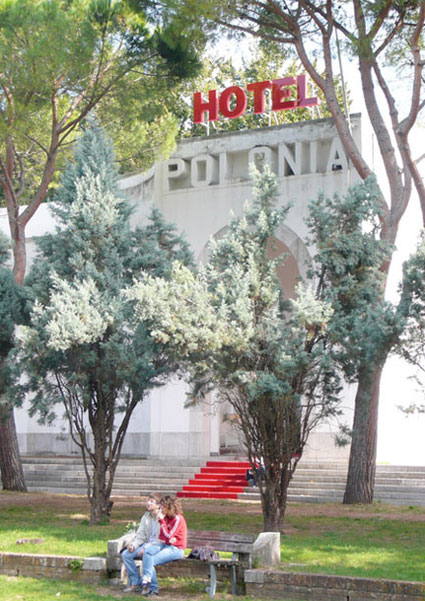
Curated by Grzegorz Piątek and Jarosław Trybuś, the exhibition is entitled Warsaw’s Polonia Hotel. The Afterlife of Buildings and presents six major architectural projects designed in Poland in recent years by renowned architects.
The exhibition engages with the theme of this year’s Biennale “Out there – architecture beyond buildings” in a literal way. Looking beyond the form given to buildings by architects, the curators of the pavilion question the durability of edifices. Their project tries and forecasts how the passage of time, the changes in social or environmental conditions will affect and slowly modify buildings.
Images hung side by side present prestigious edifices as they are now and as they might be after a major transformation. The ‘before’ photographs were made by Nicolas Grospierre. The ‘after’ are collages by Kobas Laksa that imagine a possible future for these buildings.
What is the point of having a second air terminal at Warsaw airport when skyrocketing price of oil makes flying affordable to very few people? When importing bananas from Brazil and rice from Vietnam has become a scandalous luxury? The solution envisioned by Polish authorities a few decades from now is to convert an airstrip into cultivated land and to adapt Terminal 2 to the needs of a large animal husbandry plant.
Could this idea be discarded as a crazy forecast when speculations about the future of Berlin’s Tempelhof airport, now officially closed, envision the possibility to turn the 900-acre (365-hectare) site into a luxury spa, some condos, a museum, a park, a trade center or even the centerpiece of a new Olympic bid.
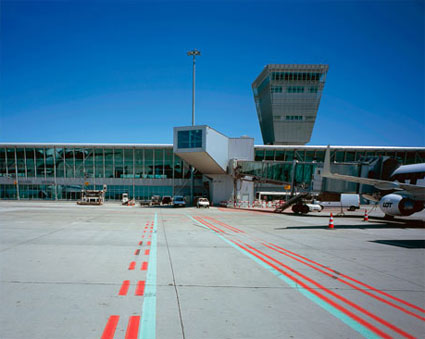 Terminal 2 – Fryderyk Chopin International Airport, (Estudio Lamela, Lamela y Asociados)
Terminal 2 – Fryderyk Chopin International Airport, (Estudio Lamela, Lamela y Asociados)
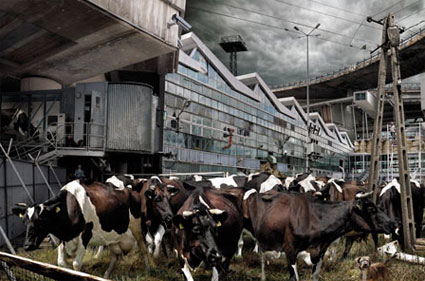
What’s the use of the Metropolitan office building designed by Foster+Partners once the speculative real-estate market faces collapse or in case of a revolution in the patterns of corporate work? Could it be bought one day by the police and turned into a prison? The idea might not be as crazy as it sounds. The building encircles the courtyard (which would become an exercise yard for convicts) in an almost perfect panopticon and the polished surface of the walls multiply reflections, enabling a surveillance from all points of view.
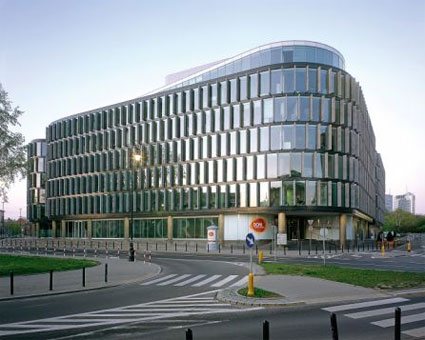 Metropolitan, by Norman Foster and Partners
Metropolitan, by Norman Foster and Partners
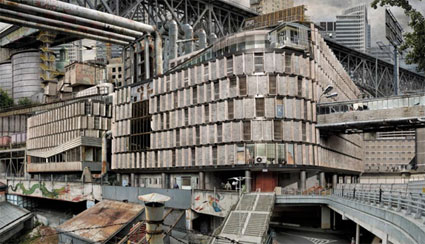
What is going to happen with a monumental university library such as the Warsaw University Library when all the books become digital? Wouldn’t it make more sense to restyle the space into a shopping mall?
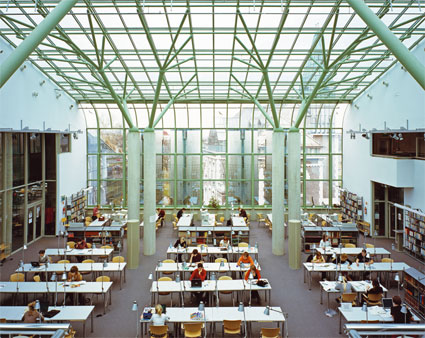 Warsaw University Library, by Marek Budzyński, Zbigniew Badowski
Warsaw University Library, by Marek Budzyński, Zbigniew Badowski
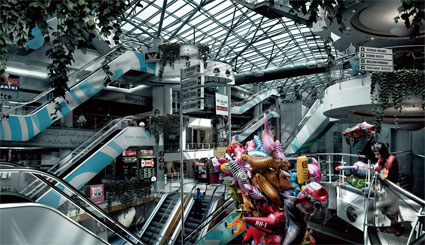
Who needs a monumental Marian shrine like the Sanctuary of our Lady of Sorrow, built between 1994 and 2004, in Lichen when even the last Poles have ceased attending masses? Surely they would prefer Poland’s largest church to be converted into an aquatic park, right?
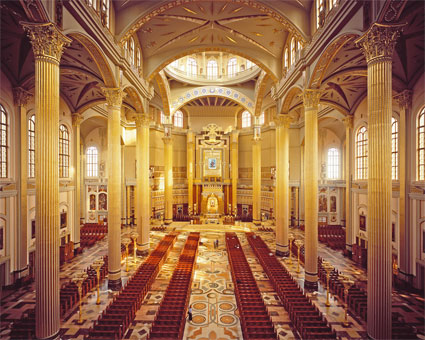 Sanctuary of our Lady of Sorrow, by architect Barbara Bielecka
Sanctuary of our Lady of Sorrow, by architect Barbara Bielecka
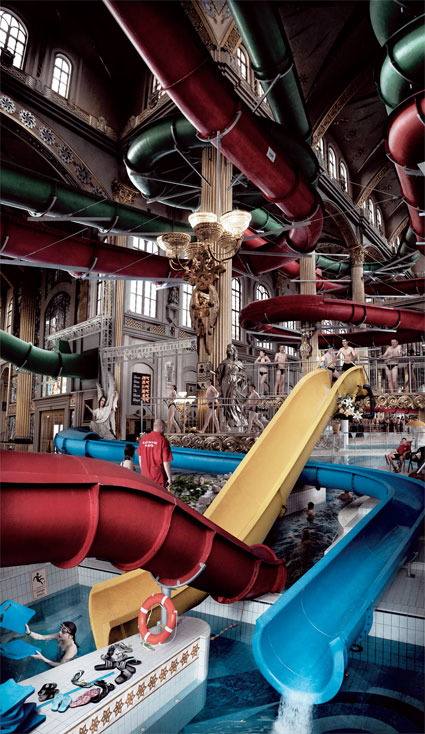
The project didn’t stop with a bunch of photos. The building of Polish Pavillion itself – a monumental building raised in the 1930s- is subject to change. The curators re-purposed it into a hotel for the first five days of the Biennale. When i visited, beds were still welcoming visitors willing to have a quick rest and a red sign that reads Hotel was added on the facade of the Polish pavilion.
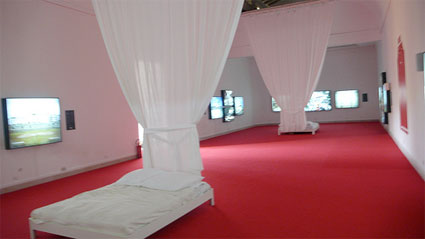
The Venice Biennale of Architecture continues until Nov. 23, 2008.
